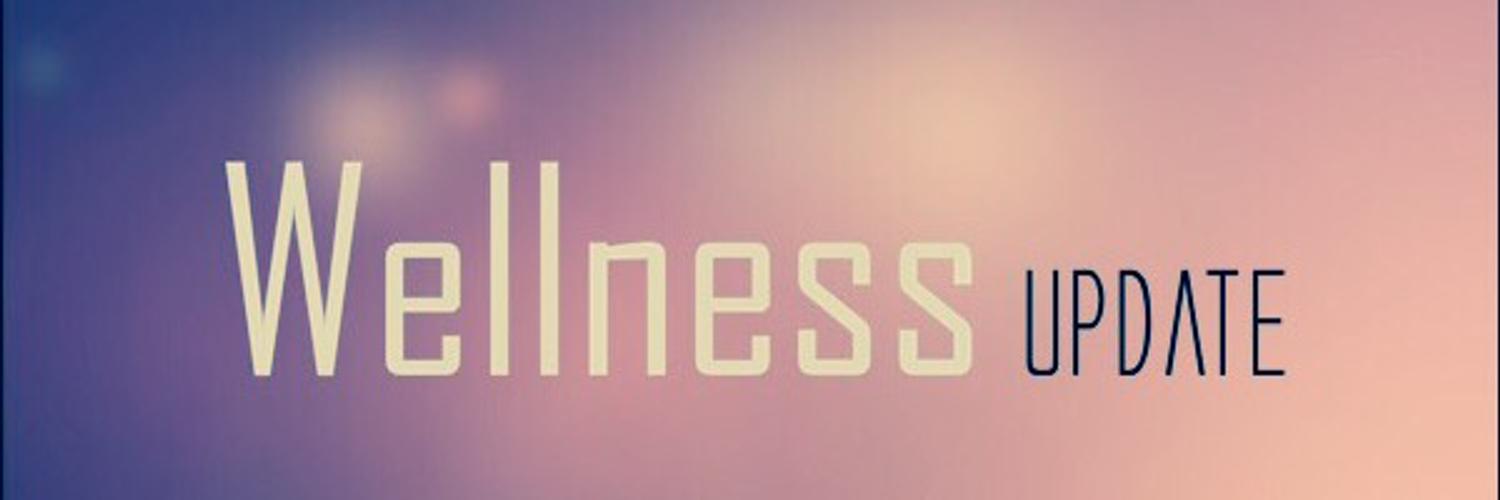- Otherish
- Worry Well About Your Health
- Spring Renewal
- Well-being Insights from Unlikely Places
- 6 Tips to Relieve Work Stress
- A New Way to Say No
- Sleep and Mood
- Be YOUR Valentine
- Do Good, Eat More Cookies!
- Rebooting the Resolution
- Mindful Management of Type 2 Diabetes
- Popular Myths About Sleep, Debunked
- How to Stay Energized All Year Long
- 7 tips to keep your New Year’s resolution
- Overcoming Holiday Blues
Latest Updates

